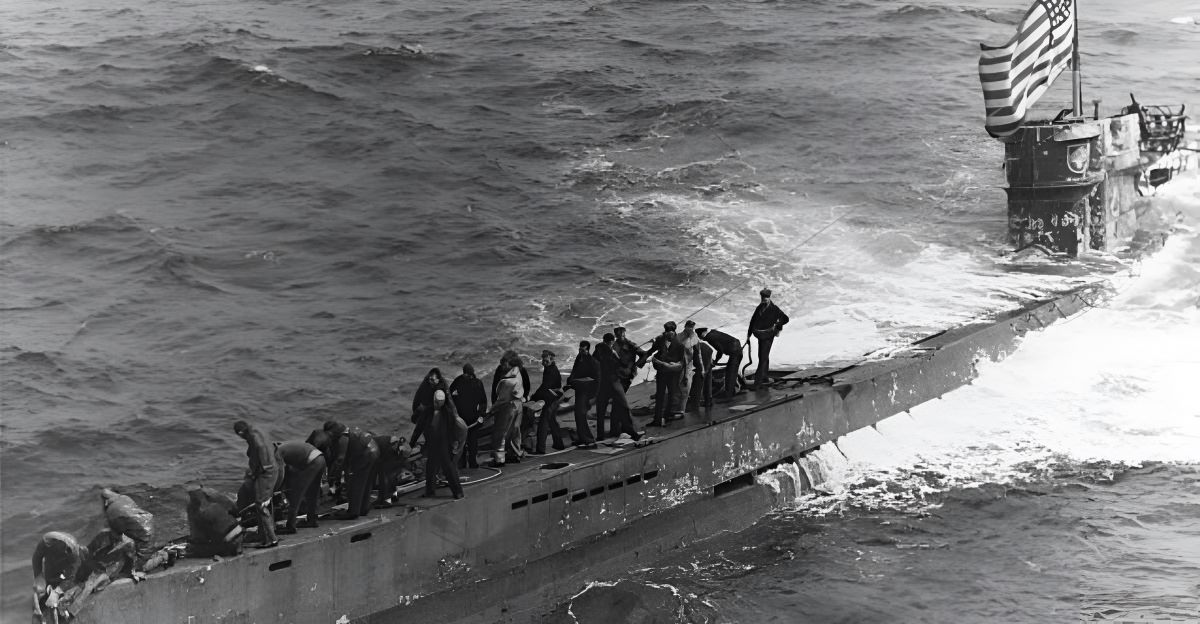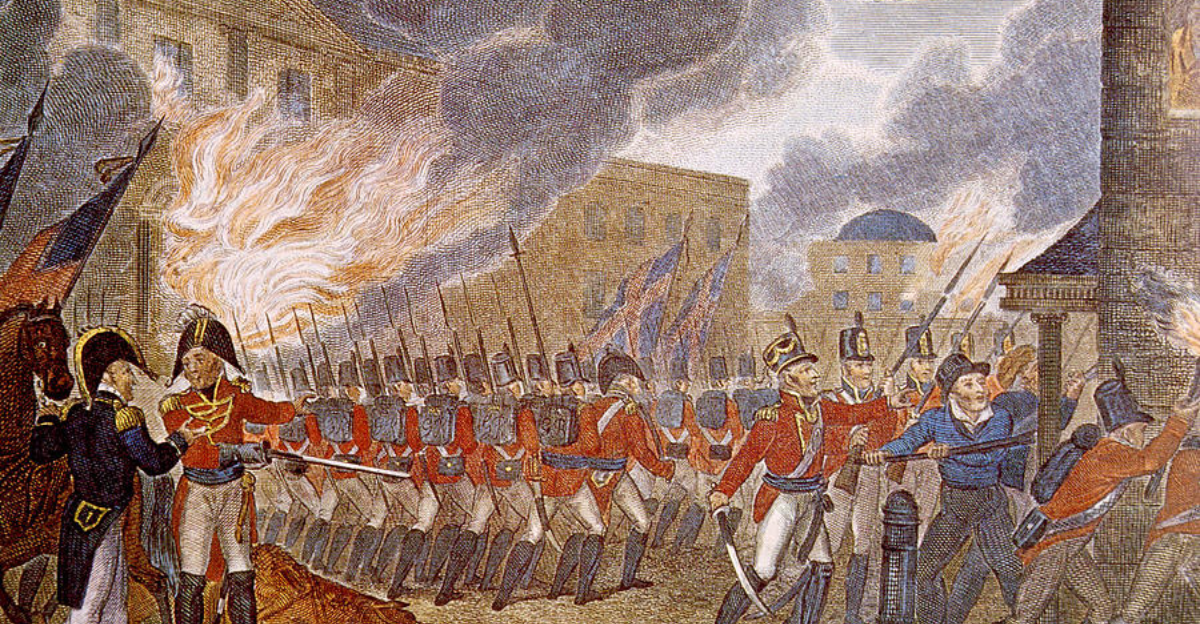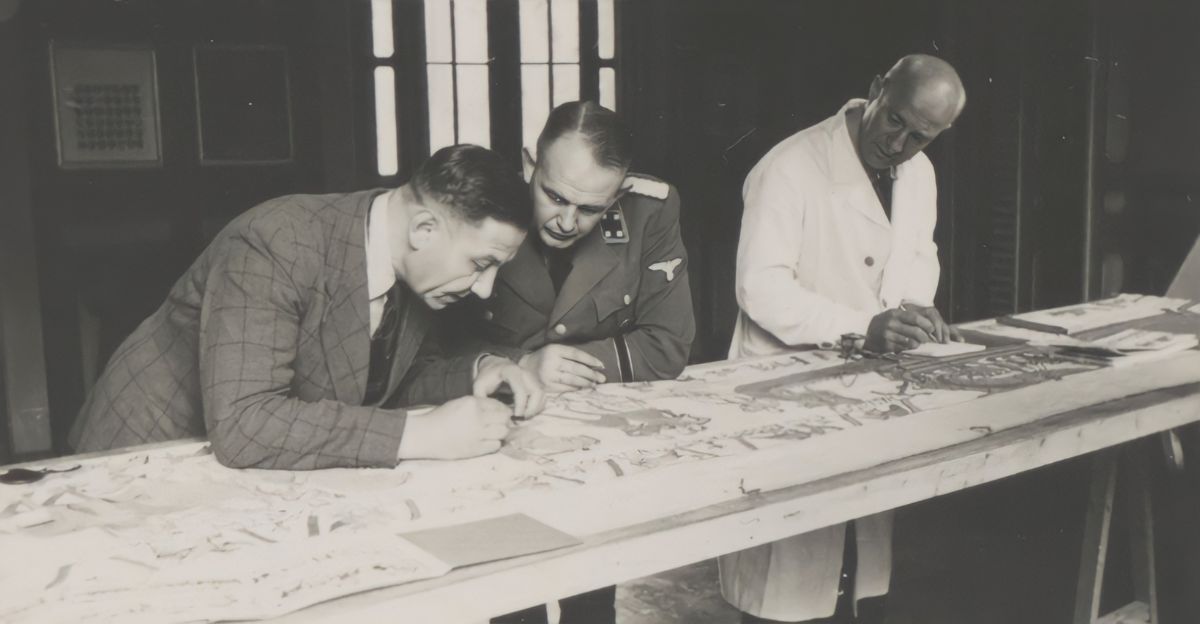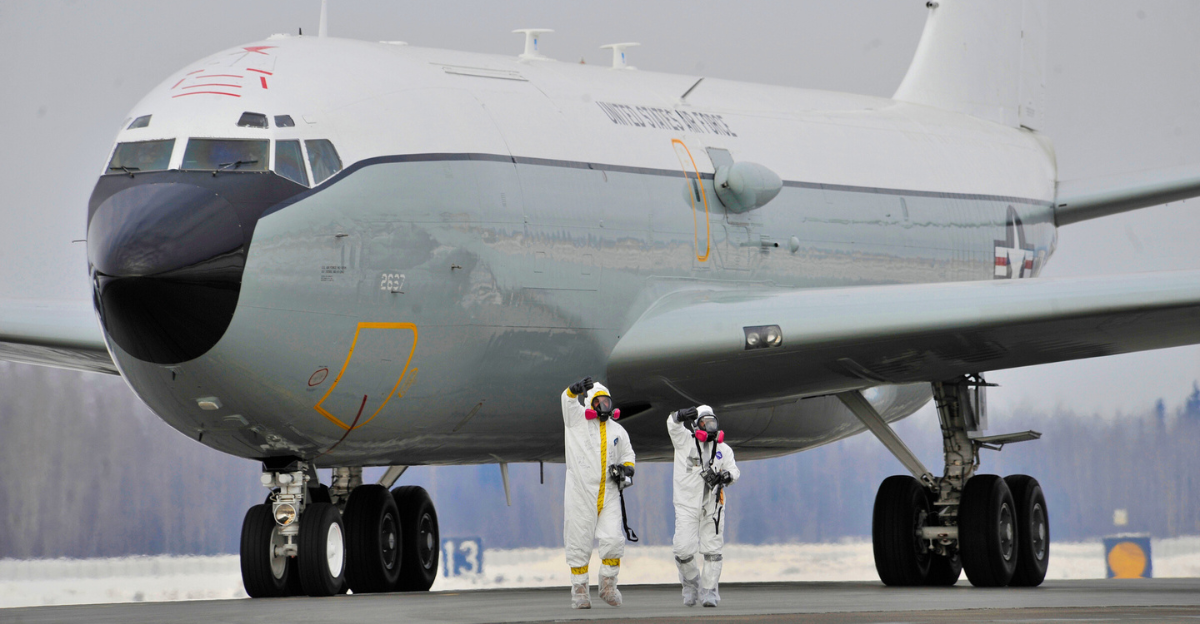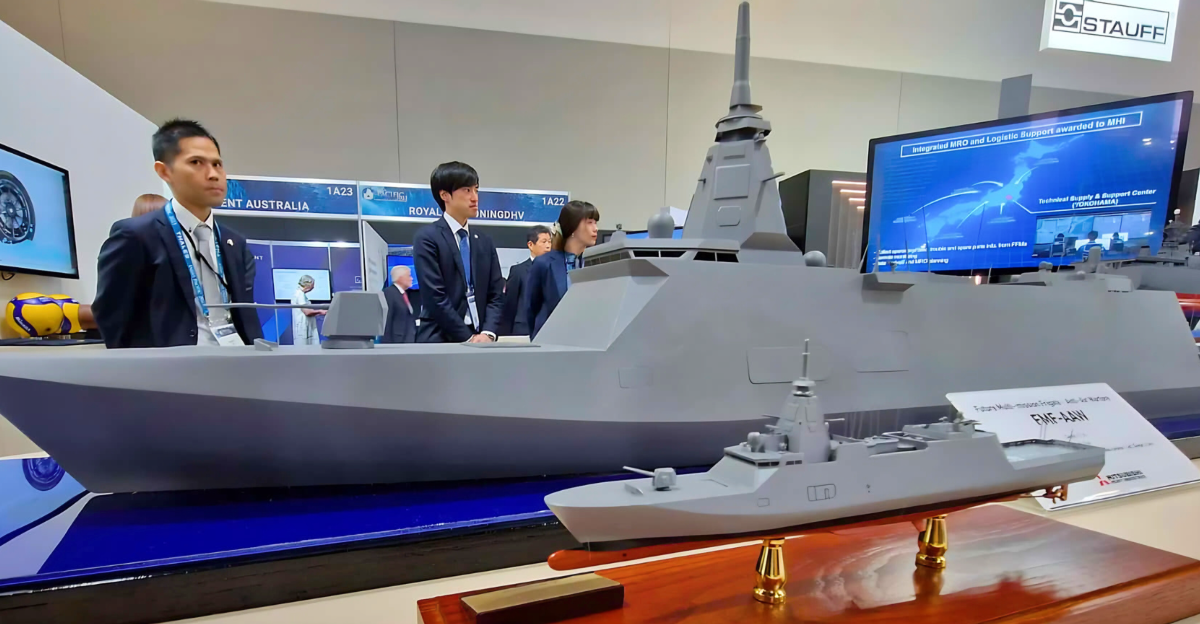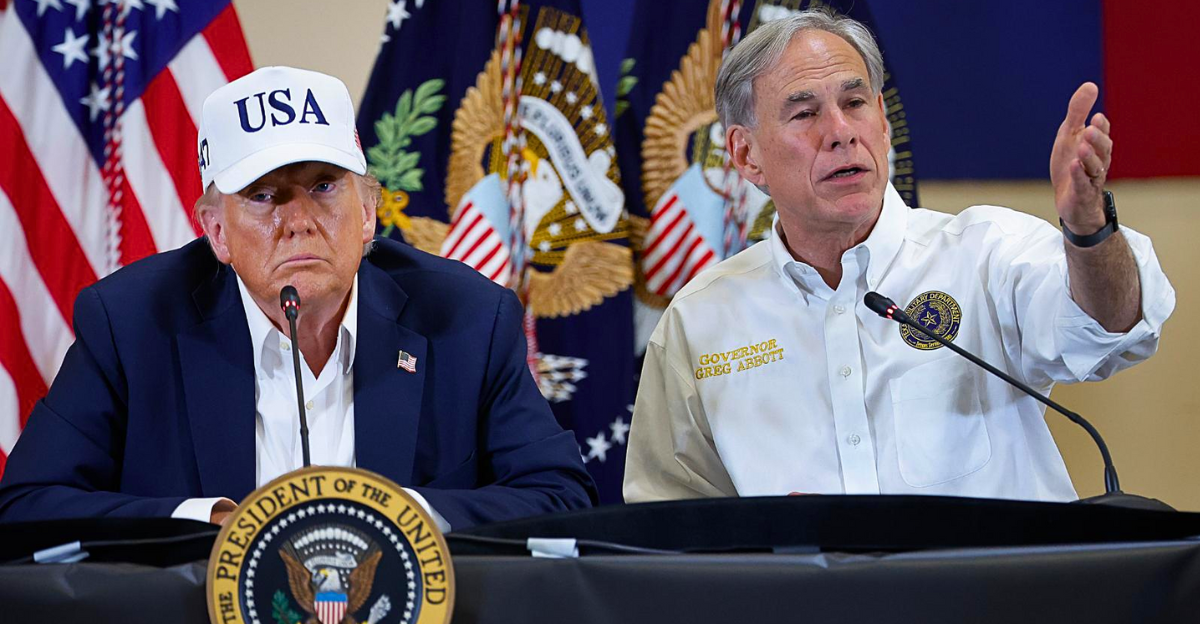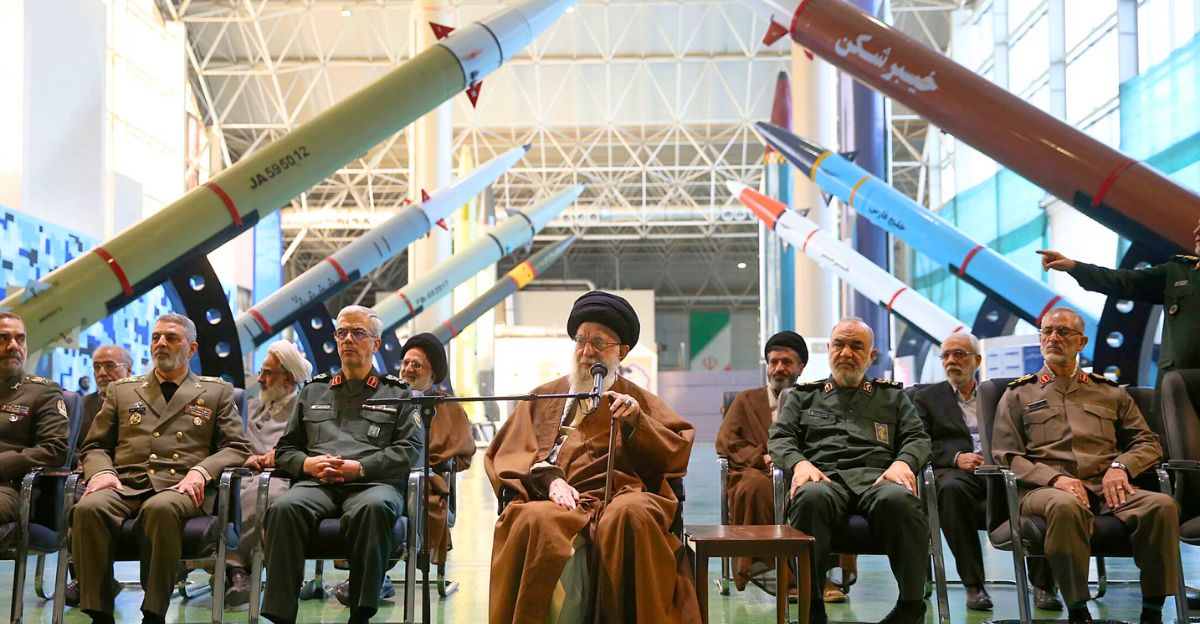
In a shocking turn of events, Iran’s Supreme Leader Ayatollah Ali Khamenei issued what may be the most direct threat to the U.S. in decades, warning of “irreparable damage” if America intervenes in the deepening Iran-Israel conflict.
His statement followed President Trump’s “ultimate ultimatum,” which demanded Iran’s “UNCONDITIONAL SURRENDER” and publicly revealed that U.S. intelligence knows Khamenei’s precise location. Tensions are boiling.
Over 40,000 U.S. troops are stationed across the Middle East. Oil prices have surged more than 4%. Markets are reeling. And on social media, #WW3 is trending as millions brace for what feels like the start of something irreversible. Here’s what’s really behind the headlines, and why experts say the next moves could define global order for decades.
When Israel Crossed the Nuclear Red Line

Israel’s June 13 airstrikes on Iran were historic. In one coordinated assault, Israeli forces hit three of Iran’s most fortified nuclear sites: Natanz, Isfahan, and Fordow, killing over 240 Iranians, including top scientists and commanders. The strikes pierced heavily defended airspace and reached deep-underground facilities.
Satellite images confirmed major damage to Iran’s uranium enrichment capabilities. For the first time since 1979, Iran’s nuclear aspirations face a real military threat, and its leadership knows it.
Iran’s Desperate Counterpunch
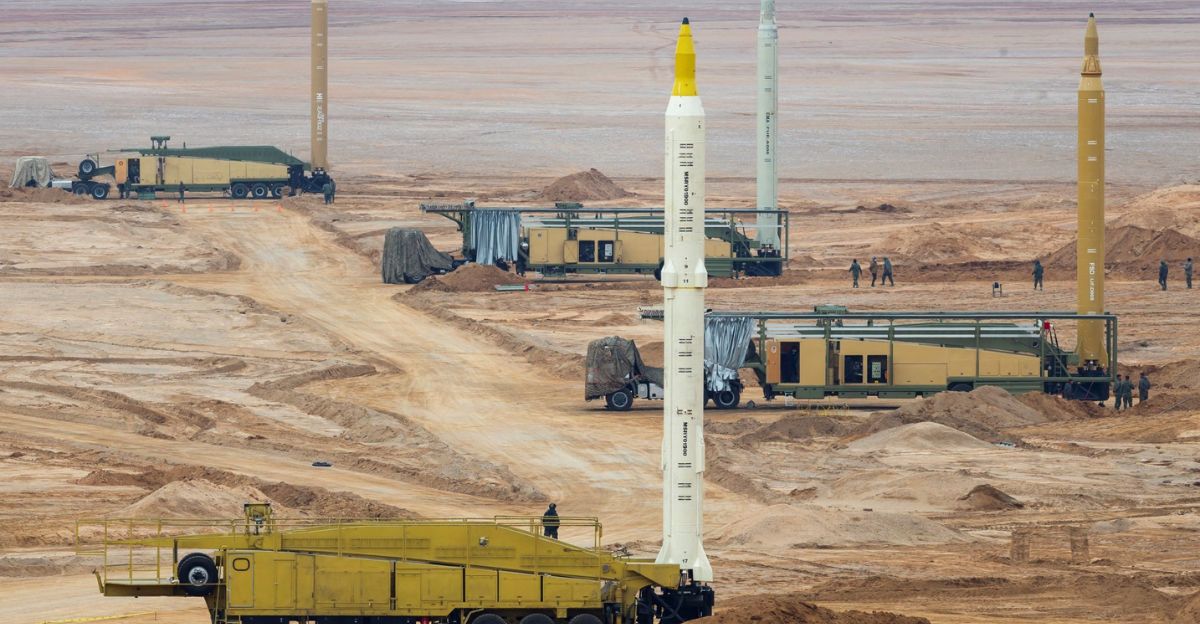
Iran’s counterattack showed just how far it’s willing to go, and what it can no longer do. Over 400 ballistic missiles, including advanced Sejjil and Khorramshar-4s, were fired at Israel. Capable of Mach 5 speeds, some reached targets in just 12 minutes. Yet most were intercepted by Israel’s layered defense systems. Damage was limited.
More telling, Iran failed to launch effective airstrikes or activate its usual network of proxies, many of which have already been dismantled. Intelligence reports estimate that up to 67% of Iran’s missile launchers have been destroyed. Tehran is now leaning harder on cyberattacks and potential terror plots as other options shrink.
Trump’s Ultimate Ultimatum Decoded
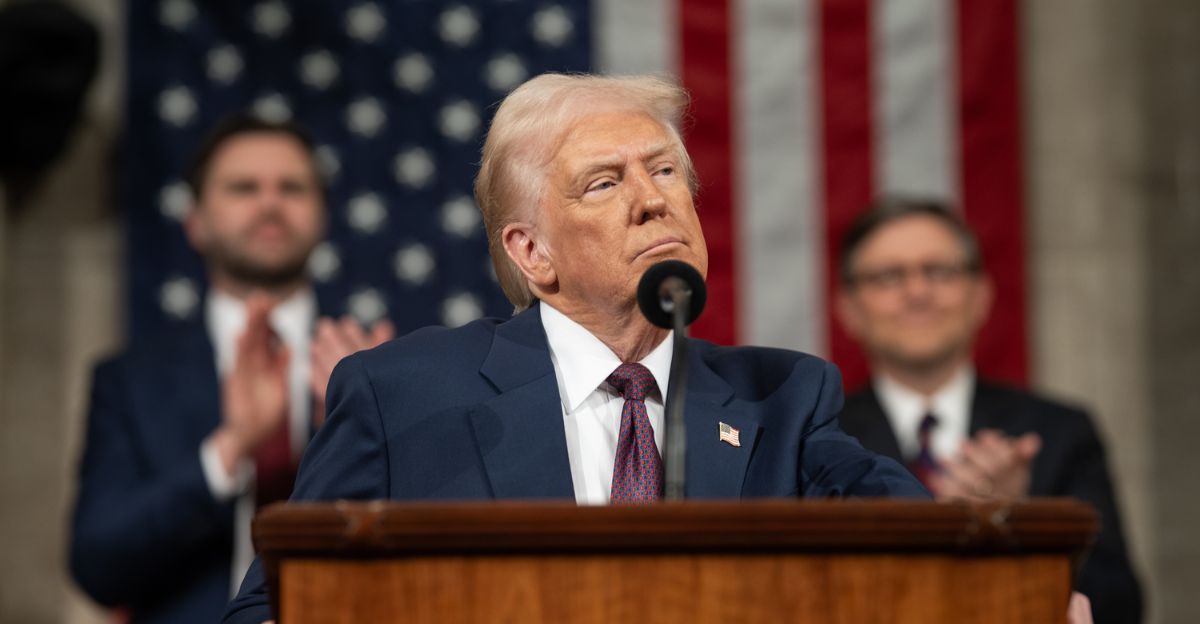
Trump’s demand for “UNCONDITIONAL SURRENDER” was seen as strategic pressure. He publicly declared U.S. intelligence knows where Khamenei is hiding and added, “We are not going to take him out (kill!), at least not for now.” That statement alone marked a radical break from diplomatic norms.
Behind closed doors, Trump has been weighing military action while consulting figures from media and defense. The ultimatum serves two purposes: to keep Iran guessing, and to maximize U.S. leverage. Whether this leads to negotiation or strikes remains unclear. But one thing’s certain, Trump wants Tehran to feel boxed in, with time running out.
“We Will Never Surrender” – Khamenei’s Defiant Response
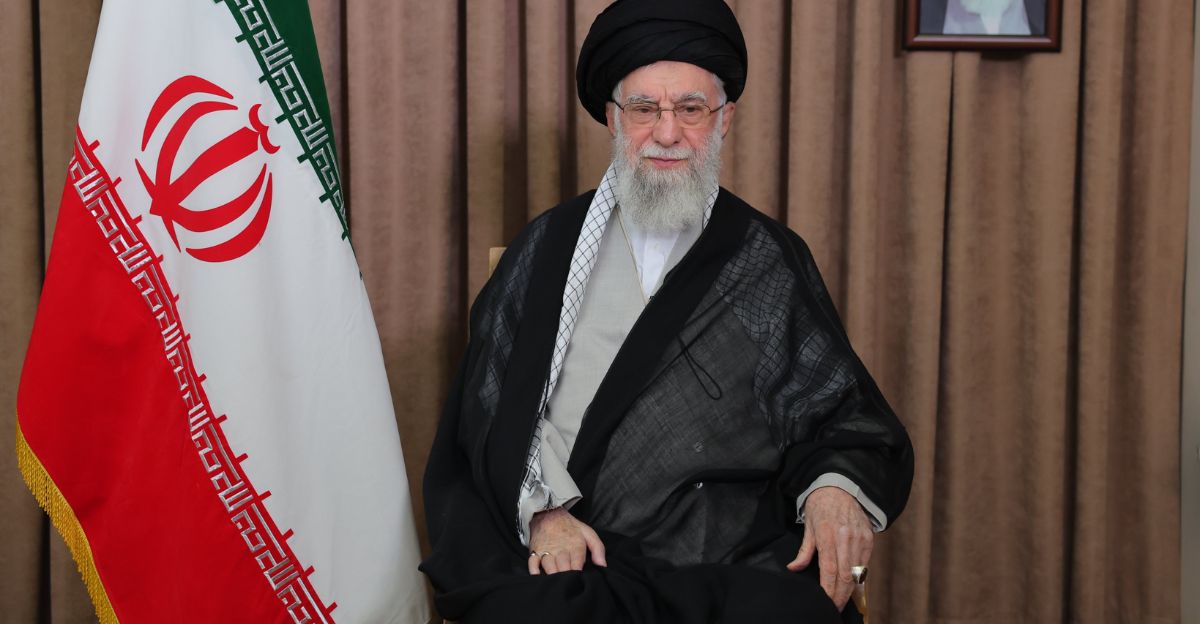
In a nationally televised address, Khamenei didn’t flinch. “The Iranian nation is not one to surrender,” he declared. For the 86-year-old leader, any sign of backing down could mean political suicide. Iran’s 90 million citizens have suffered under sanctions for decades, giving in now risks unleashing civil unrest.
His warning of “irreparable damage” to the U.S. wasn’t just posturing. Analysts say it was a signal: expect cyberattacks, strikes on American bases, or even activation of sleeper cells. Iran’s foreign ministry went further, warning U.S. intervention would ignite “all-out war.” For Khamenei, surrender isn’t just defeat; it could end the regime itself.
America’s 40,000 Troops in the Crosshairs
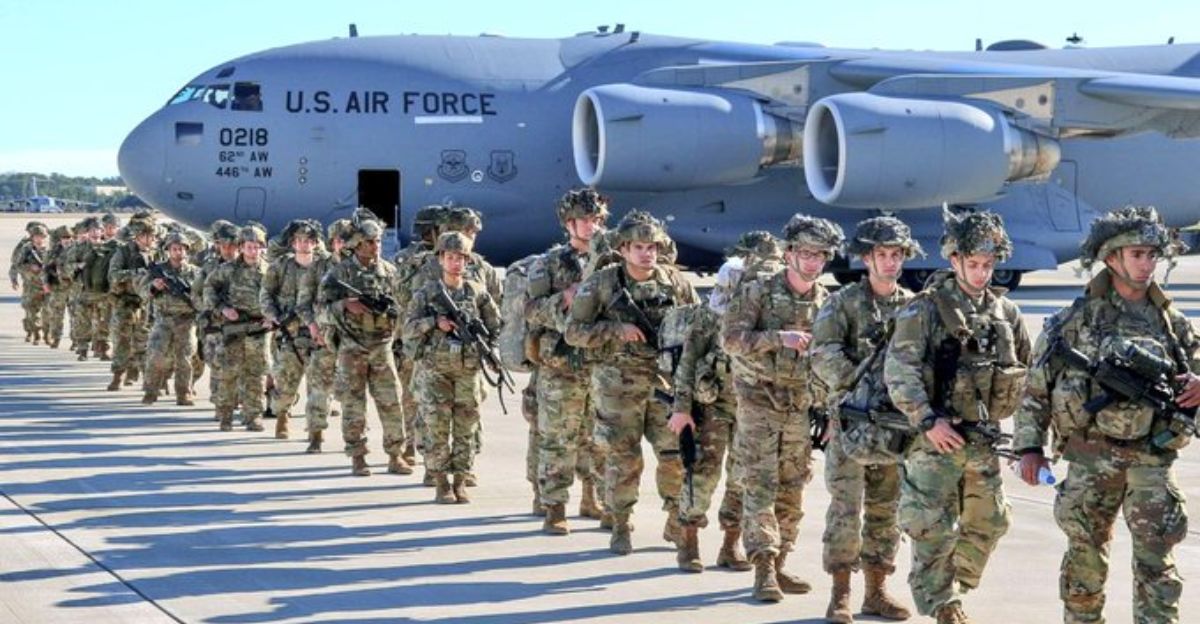
The Pentagon’s recent moves, evacuating Americans from Israel and shifting naval assets, underline just how serious this is. The U.S. has around 40,000 troops spread across 19 military sites in the region, including Qatar’s Al Udeid Air Base and Bahrain’s Fifth Fleet HQ. These bases are now high-value targets.
Iran has over 3,000 ballistic missiles with ranges that cover them all. The USS Nimitz is now deployed nearby, and B-2 bombers are on alert at Diego Garcia. Protecting these scattered forces would be a logistical nightmare. Each base is not just a strategic post; it’s a potential ignition point for regional war.
The Nuclear Clock Is Ticking Faster
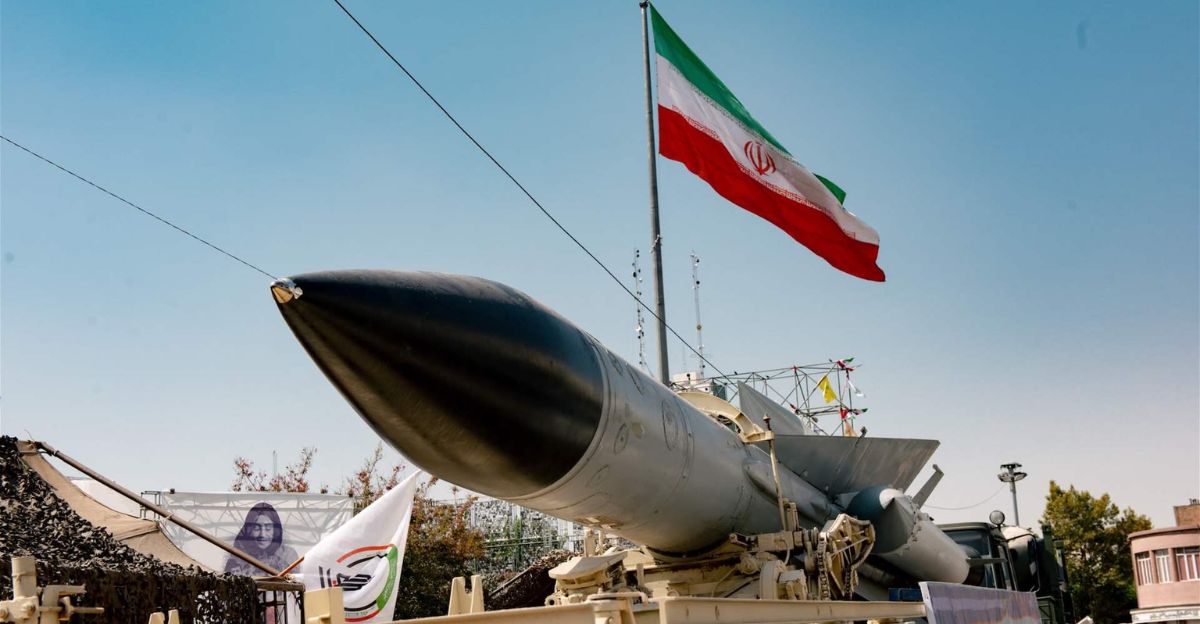
What worries analysts most isn’t just what’s been said, it’s how close Iran is to crossing the nuclear threshold. According to the IAEA, Iran holds 408 kilograms of uranium enriched to 60%, enough for nine nuclear weapons if refined to 90%. Worse, Iran’s “breakout time”, how long it takes to produce weapons-grade material, is now just days or weeks.
The Fordow facility, which survived the Israeli strikes, could produce 25 kilograms of bomb-grade uranium in 2–3 days. That means any U.S. action must be fast and decisive. The window to stop Iran from going nuclear isn’t measured in months, it’s measured in days.
When Regional Allies Start Picking Sides

This crisis is forcing every major Middle Eastern power to choose a side, and fast. Saudi Arabia and the UAE publicly condemn Israel’s strikes, but behind the scenes, they’re not unhappy to see Iran weakened. This creates a risky mix: tacit Gulf support for Israel could inflame tensions further.
Meanwhile, Russia and China, supposed allies of Iran, have remained quiet. China, in particular, is focused on evacuating its citizens and protecting oil shipments through the Strait of Hormuz, not coming to Tehran’s defense. Iran finds itself increasingly isolated. Its once-powerful proxy alliances are collapsing, and its few remaining friends are staying silent.
The World War III Calculation
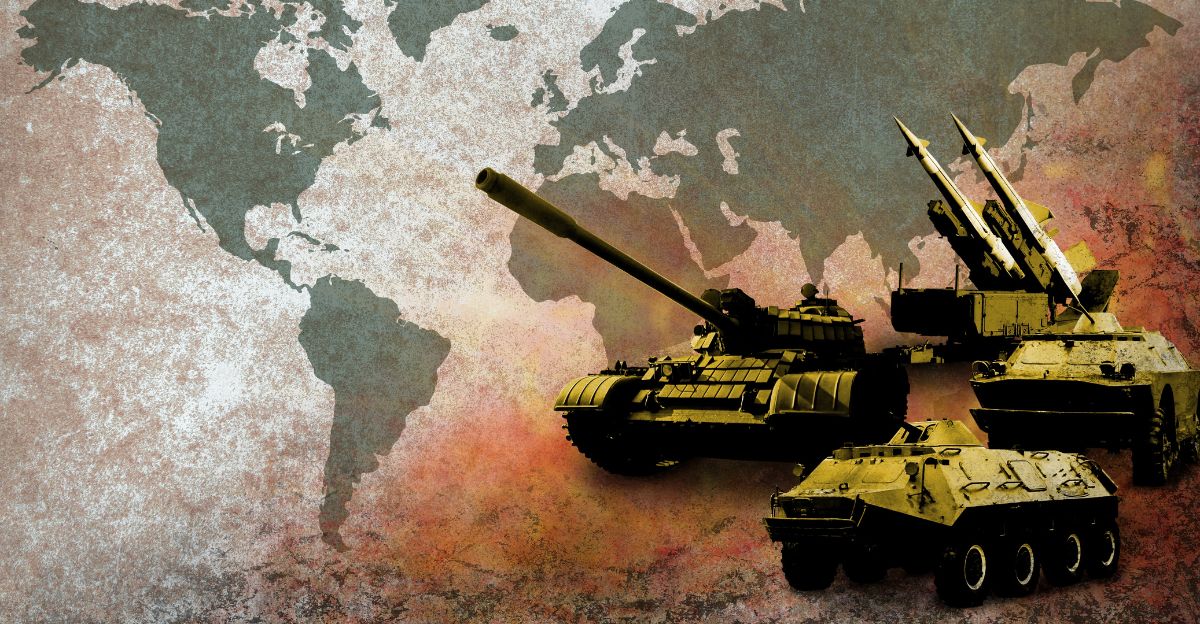
What makes this moment different? Three nuclear-capable powers are involved, Iran, Israel, and the U.S., and decisions are being made at breakneck speed. This mix creates what experts call a “stability-instability paradox.”
In short: having nukes doesn’t stop war, it just changes the stakes. Markets are already reacting. Oil prices are spiking. Defense stocks are surging. And unlike past standoffs, the math now favors Iran the longer this drags on.
For the U.S. and Israel, the clock is ticking. If they wait, they risk a nuclear Iran. If they act, they risk total war. And with 40,000 U.S. troops in the mix, escalation could be automatic.
The Next Two Weeks Will Define the Next Two Decades
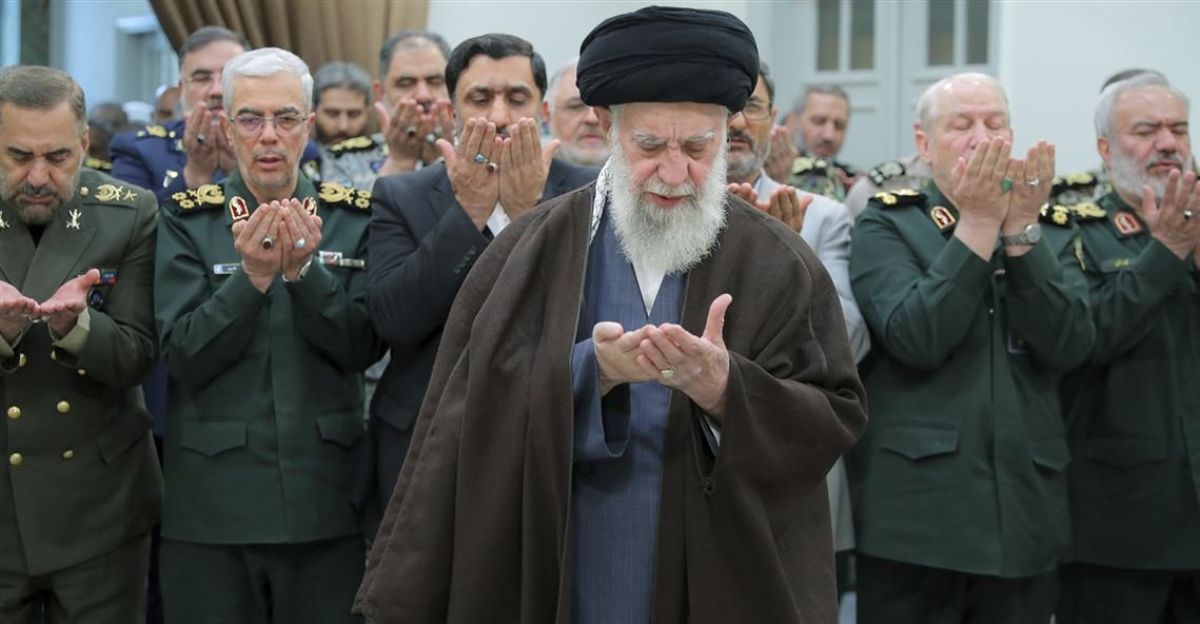
The world is teetering on the edge. Iran’s Supreme Leader must decide between holding power or risking annihilation. Trump, meanwhile, may have to start a war to keep his word to end them. Diplomatic solutions that normally take months now have to happen in days. The compressed timeline is brutal.
Both sides are boxed in, with very little room for compromise. If Iran yields, its government might collapse. If the U.S. hesitates, Iran gets the bomb. If neither blinks, the world could face its most dangerous nuclear standoff since the Cuban Missile Crisis, but this time, with more weapons and fewer guardrails. The stakes couldn’t be clearer, or higher.

